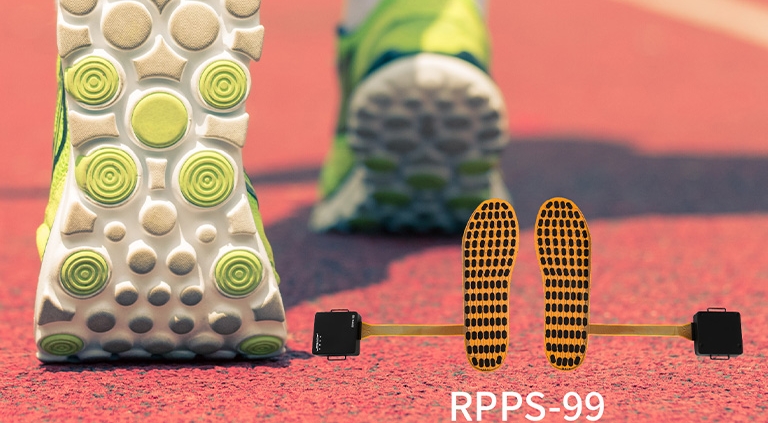With continuous advancements in technology, thin-film pressure sensors are increasingly being utilized in the sports domain. These sensors, known for their high sensitivity, thinness, and flexibility, offer new possibilities for sports monitoring and analysis, enhancing the intelligence and functionality of sports products. This article explores the various applications of thin-film pressure sensors in sports products and the benefits they bring.
Characteristics of Thin-Film Pressure Sensors
Thin-film pressure sensors are highly sensitive sensors made from thin-film materials, characterized by:
- High Sensitivity: Capable of accurately detecting minor pressure changes, suitable for monitoring subtle movements during exercise.
- Lightweight and Flexible: Easy to embed into various sports equipment without affecting user comfort and performance.
- High Precision: Provides reliable pressure data, ensuring accurate monitoring and analysis.
- Durability: Long-lasting and able to withstand various complex sports environments.
Application Scenarios
1. Smart Footwear
Thin-film pressure sensors can be embedded in the insoles of smart shoes to monitor foot pressure distribution and gait in real-time. By analyzing this data, athletes and fitness enthusiasts can optimize their running posture, improve exercise efficiency, and reduce the risk of injury. Additionally, smart shoes can adjust their support and cushioning based on pressure data, offering a personalized comfort experience.
2. Fitness Equipment
In fitness equipment such as treadmills, exercise bikes, and strength training machines, thin-film pressure sensors can monitor user activity and posture. For instance, on a treadmill, sensors can record pressure changes with each step, helping users adjust their running posture to improve training effectiveness. In strength training, sensors can monitor force application to ensure correct and safe movements.
3. Wearable Devices
In wearable devices like smart bands and smartwatches, thin-film pressure sensors can monitor exercise intensity and body posture. For example, during weightlifting, a smart band can monitor wrist pressure changes, recording the force and repetitions of each lift, helping users scientifically plan their training routines.
4. Sports Rehabilitation
During sports rehabilitation, thin-film pressure sensors can assist rehabilitation doctors in real-time monitoring of patients’ movements and recovery progress. By analyzing pressure distribution and changes, doctors can evaluate rehabilitation effectiveness, adjust rehabilitation plans, and ensure a scientific and reasonable recovery process.
Technical Advantages
Real-Time Monitoring: Thin-film pressure sensors can record pressure changes during exercise in real-time, providing immediate data support, helping users and coaches adjust training plans promptly.
Intelligent Analysis: Utilizing big data and artificial intelligence technology, sensors can deeply analyze exercise data, offering personalized exercise recommendations and health guidance.
Data Visualization: Through mobile apps or computer interfaces, users can view detailed pressure distribution maps and historical data, intuitively understanding their exercise status and progress.
Application Examples
- Running Analysis: Smart running shoes embedded with thin-film pressure sensors can record foot pressure distribution while running, helping runners optimize their gait and prevent injuries.
- Fitness Guidance: Smart bands monitor users’ force application during strength training, offering movement correction suggestions to improve training effectiveness and safety.
- Rehabilitation Monitoring: During rehabilitation training, thin-film pressure sensors monitor patients’ movements in real-time, helping doctors evaluate rehabilitation effectiveness and adjust training plans.
Conclusion
The application of thin-film pressure sensors in sports products not only enhances the intelligence of these products but also provides scientific exercise guidance and health management for users. With continuous technological advancements, thin-film pressure sensors will play an increasingly important role in more sports scenarios, helping sports enthusiasts and professional athletes improve performance, prevent injuries, and achieve scientific training.



